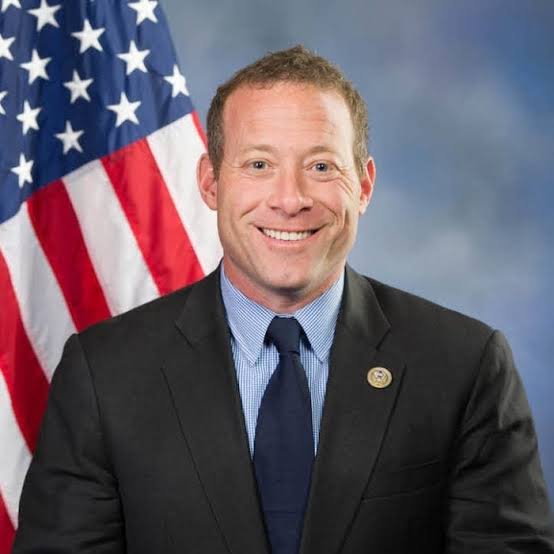LITTLE ROCK — Arkansas bowhunters harvested 1,231 deer during the state’s first statewide early buck hunt earlier this month. The jump-start to deer season was added during the biannual regulations-setting process this spring to offer hunters the opportunity to pursue a buck still “in velvet.”
Ralph Meeker, deer program coordinator for the Arkansas Game and Fish Commission, said the hunt’s harvest was within the range expected by biologists when the hunt was announced.
“When we look at historical harvest for the first three days of archery season, hunters typically check between 2,000 and 4,000 deer, depending on the weather,” Meeker said. “But a lot of those deer are does, so when you look at only the buck component of that harvest, it’s around 800 to 1,500 antlered deer.”
Arkansas’s regular archery season has traditionally begun on the fourth Saturday in September.
Meeker says the results of Arkansas’s first statewide early deer hunt also fall fairly close to those found in Tennessee and Mississippi, two neighboring states with similar hunts.
“We had great weather during the hunt, and a lot of hunters were able to enjoy a cooler morning in the stand than anticipated,” Meeker said.
While many hunters enjoyed harvesting an early deer, the timing of this year’s hunt did fall slightly outside the peak time for the deers’ antlers to be shrouded in velvet.
“After talking to meat processors and hunters I know, I’d estimate that only about 10 to 15 percent of the bucks were still in velvet and I’d lean closer to that 10 percent side,” Meeker said. “The hunt is set for the first full weekend in September, and this year it happened to land on the latest possible calendar date for that criteria. As the calendar rotates, we’ll begin to see earlier hunts in future years. We see several bucks “in velvet” harvested in the first few days of the urban hunts, which typically open Sept. 1.”
The hunt also shouldn’t take much of the excitement out of the opening weekend of regular archery deer season, as many hunters still have tags and freezers to fill.
“I think a lot of hunters had to choose between early bucks and doves this year, so they’ll still be out there for the statewide archery opener,” Meeker said. “There are still a good number of people who archery hunt to just harvest a deer. The early hunt mainly attracts those die-hard bowhunters, so I think we’ll still see a lot of people in the woods for archery season. It also was a great opportunity for hunters who wanted to get out in the woods a little when they made their first trip to deer camp to clean up, plant food plots and get ready for the rest of the season. It was nice to give those folks a choice.”
Regular archery season in Arkansas is Sept. 28-Feb. 28. Visit www.agfc.com/deer for more information.
GOOD DEER
Andrew Mizell checked this impressive 8-point velvet buck in Desha County on the opening day of Arkansas’s first early buck hunt.


























